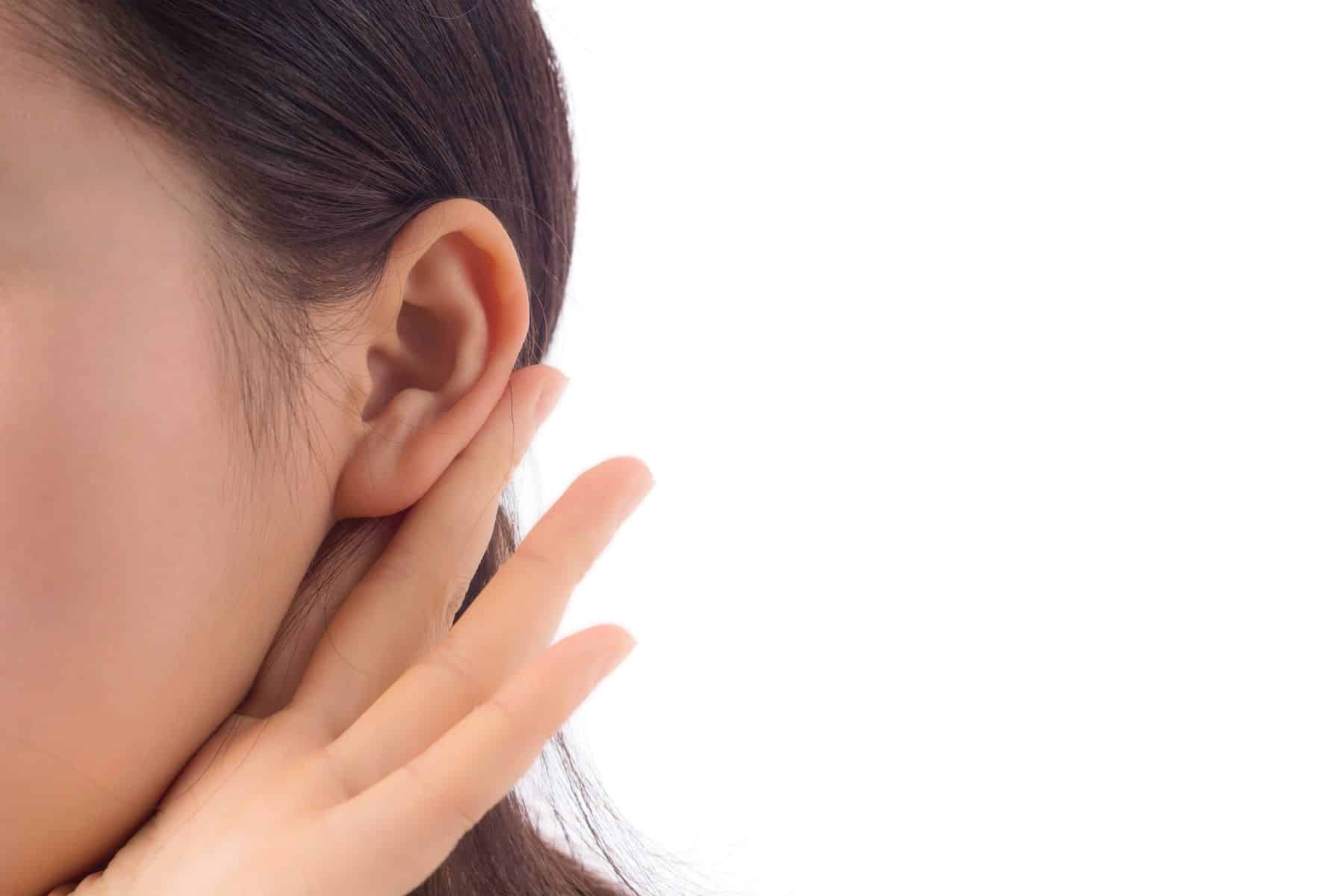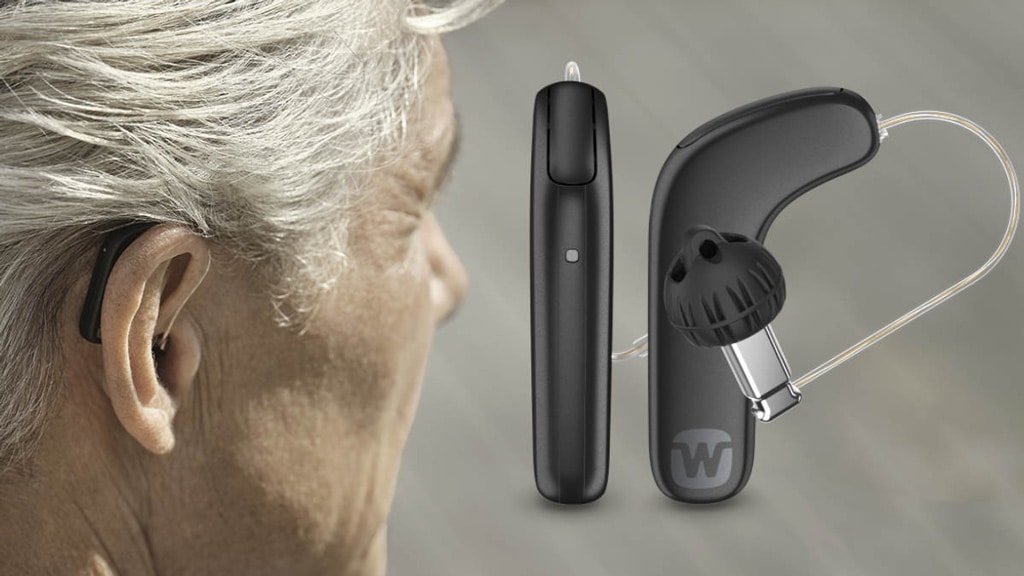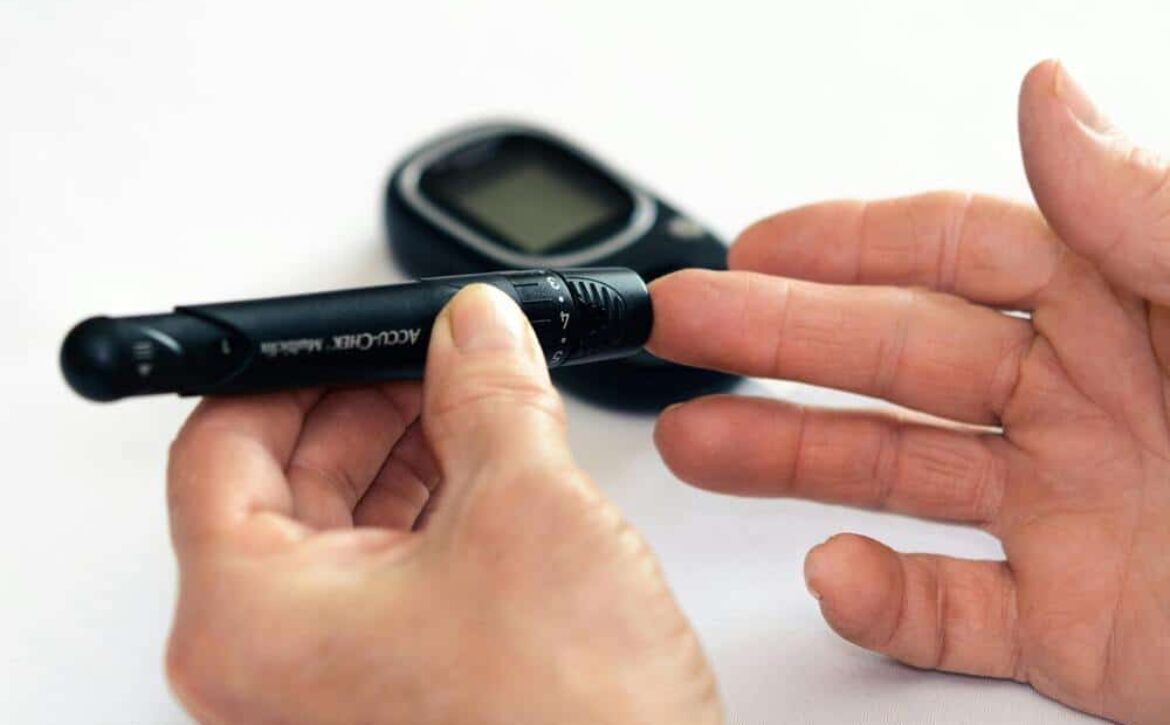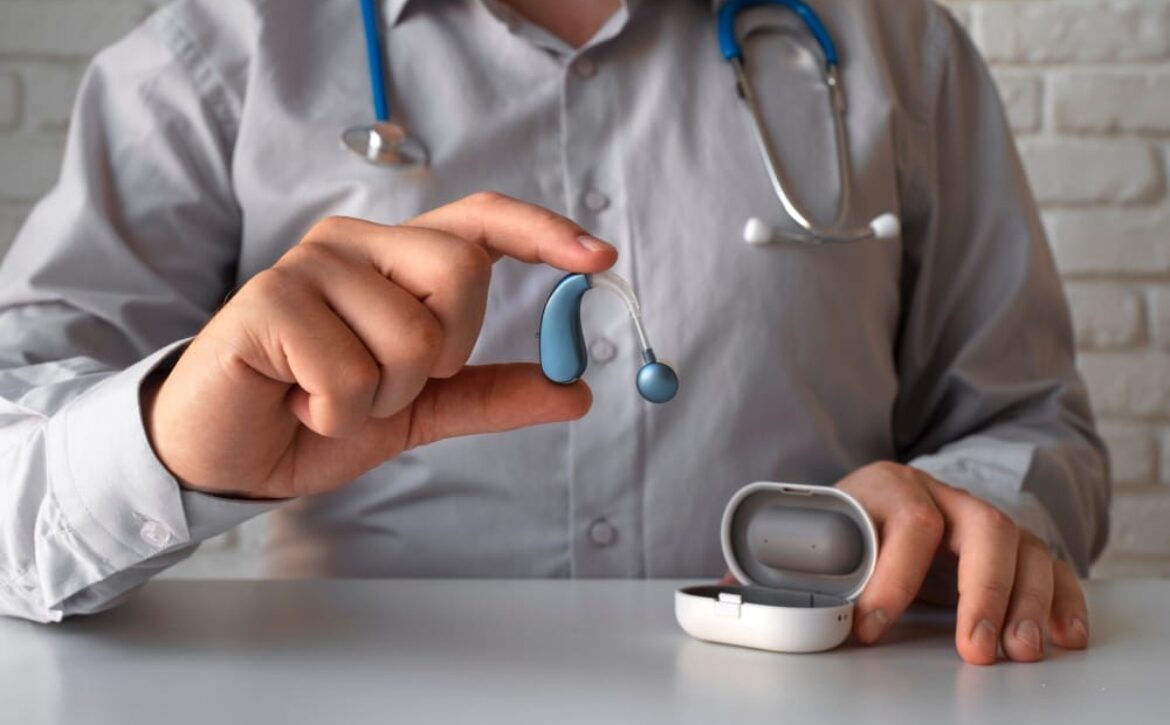Can the Flu Cause Hearing Loss?
In the Philippines, the onset of the rainy months from June to November also signals the peak of flu season. While most people may be prepared for the usual fever and respiratory congestion, some are surprised due to its effects on their hearing. A disorienting “clogged ear” sensation is a common complaint, which is directly related to the fact that the flu or even a severe common cold can cause temporary hearing loss.
How the Flu Can Cause Hearing Loss
The primary factor contributing to most flu-related types of hearing loss is congestion. When you have a viral infection like the flu, your body produces an excess of mucus to trap and expel the virus. This buildup in the nose and sinuses is what causes that familiar “stuffed-up” feeling. However, this congestion does not stay confined to the nasal passages.
The problem extends to the Eustachian tubes, which are a pair of small channels that connect the middle ear (the space behind your eardrum) to the back of the throat. They have two main functions:
- To drain fluid from the middle ear.
- To equalize air pressure between your middle ear and the outside environment.
When you have the flu, this entire system is compromised. The virus’s inflammation causes the lining of the Eustachian tubes to swell shut. Simultaneously, the excess mucus can physically block the tubes’ openings.
When these tubes are blocked, a cascade of events begins:
- Poor Drainage: Fluid usually produced in the middle ear can no longer drain.
- Trapped Fluid: This fluid accumulates in the middle ear space.
- Pressure Buildup: The trapped fluid and air exert painful pressure on the eardrum.
The resulting pressure and fluid accumulation are the source of the sensation of clogged ears due to colds. A middle ear filled with fluid prevents the eardrum and the tiny bones (the ossicles) from vibrating correctly when sound waves hit them. Because sound cannot be transmitted to the inner ear efficiently, you experience what is known as conductive hearing loss.
Specific Auditory Impacts from Colds and Flu
This Eustachian tube blockage is the underlying cause of the sensation of clogged ears. It can also lead to several other distinct auditory problems, each with its own set of symptoms and risks.
1. Ear Infections (Otitis Media)
A cold or flu virus causes the Eustachian tubes to swell, and the resulting trapped fluid in the middle ear creates a warm, dark, moist environment. This is an ideal breeding ground for bacteria or viruses to grow, leading to a middle ear infection, also known as otitis media.
Symptoms of a middle ear infection to watch for include:
- Persistent, often throbbing ear pain.
- A deep feeling of pressure or fullness in the ear.
- Fever, especially in children.
- Muffled hearing or a noticeable loss of hearing due to a cold.
While most ear infections resolve with professional guidance, repeated or severe unmanaged infections can, in some instances, cause damage to the eardrum or the delicate structures of the middle ear.
2. Temporary Hearing Loss and Muffled Hearing
Even if a full-blown infection does not develop, you can still experience temporary hearing loss. The simple presence of fluid in the middle ear space is enough to block the transmission of sound physically. Many people describe this as feeling like they are listening to the world “underwater” or through cotton. This sensation is the most common reason for clogged ears due to colds, and the resulting muffled hearing or temporary deafness can be disorienting.
For most individuals, hearing sensitivity returns to normal once the congestion clears, the Eustachian tubes reopen, and the fluid drains away. However, any hearing loss that lingers for more than a week after your other cold or flu symptoms have subsided should be evaluated by a professional. If this condition persists, it may indicate other issues, which is why it is essential to check all potential causes of muffled hearing.
3. Tinnitus and Viral Infections
Tinnitus involves the auditory perception of a noise, often described as ringing, buzzing, hissing, or humming, that is not coming from the outside environment.
During a severe cold or flu, tinnitus can arise for two main reasons:
- The pressure and fluid in the middle ear can press on the inner ear’s structures, causing them to send faulty signals.
- In rarer cases, the virus itself can cause inflammation in the inner ear, or cochlea. This carries a risk of harming the delicate hair cells inside the cochlea. These cells convert sound vibrations into neural impulses that the brain can interpret.
For most, this tinnitus is temporary and fades as the illness does. However, if inner ear damage occurs, it can become chronic. In such cases, professional consultation for tinnitus therapy in the Philippines can provide strategies and solutions to manage the condition.
Ways to Address Hearing Issues from the Flu
Since most flu-related hearing loss problems are caused by congestion, the primary goal of at-home care is to reduce that congestion and encourage the Eustachian tubes to open and drain.
Some simple relief methods include:
- Swallowing and Yawning: These actions activate the muscles that help open the Eustachian tubes.
- Steam Inhalation: The warm, moist air from a bowl of hot water or a hot shower reduces the thickness of mucus, which makes it easier to clear from your passages.
- Drinking Plenty of Water: Staying hydrated keeps mucus thin and flowing, which is preferable to thick, sticky mucus that causes blockages.
- Using Decongestants (with Professional Guidance): The purpose of an over-the-counter nasal decongestant is to reduce swelling in the nasal passages, which can, in turn, help relieve blockage in the Eustachian tubes. However, it is always best to consult a physician or pharmacist before taking any new medication.
When to Seek Medical Help
Although hearing difficulties due to the flu are usually temporary, certain symptoms warrant concern. These specific signs require a professional evaluation by an Ear, Nose, and Throat (ENT) specialist and afterwards an audiologist for a hearing test.
Seek professional care if you experience:
- Persistent Ear Pain: Especially if it is severe or concentrated in one ear.
- Sudden or Prolonged Hearing Loss: Any abrupt loss of hearing, or hearing that does not return to normal within a week after your cold has passed.
- Dizziness or Vertigo: A feeling of spinning or severe imbalance.
- Drainage from the Ear: Any fluid, such as pus or blood, leaking from the ear canal.
Make Hearing Health Your Priority

tinnitus therapy Philippines
Relieving congestion is important for more than just comfort, as it also reduces the risk of a full-blown ear infection and other complications. However, if these symptoms persist, delaying a professional evaluation can allow a temporary problem to become permanent. We recommend addressing it promptly to prevent it from becoming a lasting concern, as these signs are essential to protecting your long-term hearing.
If you are in any doubt about your hearing after recovering from the flu, the recommended step is to schedule a hearing test service with an audiologist.

























